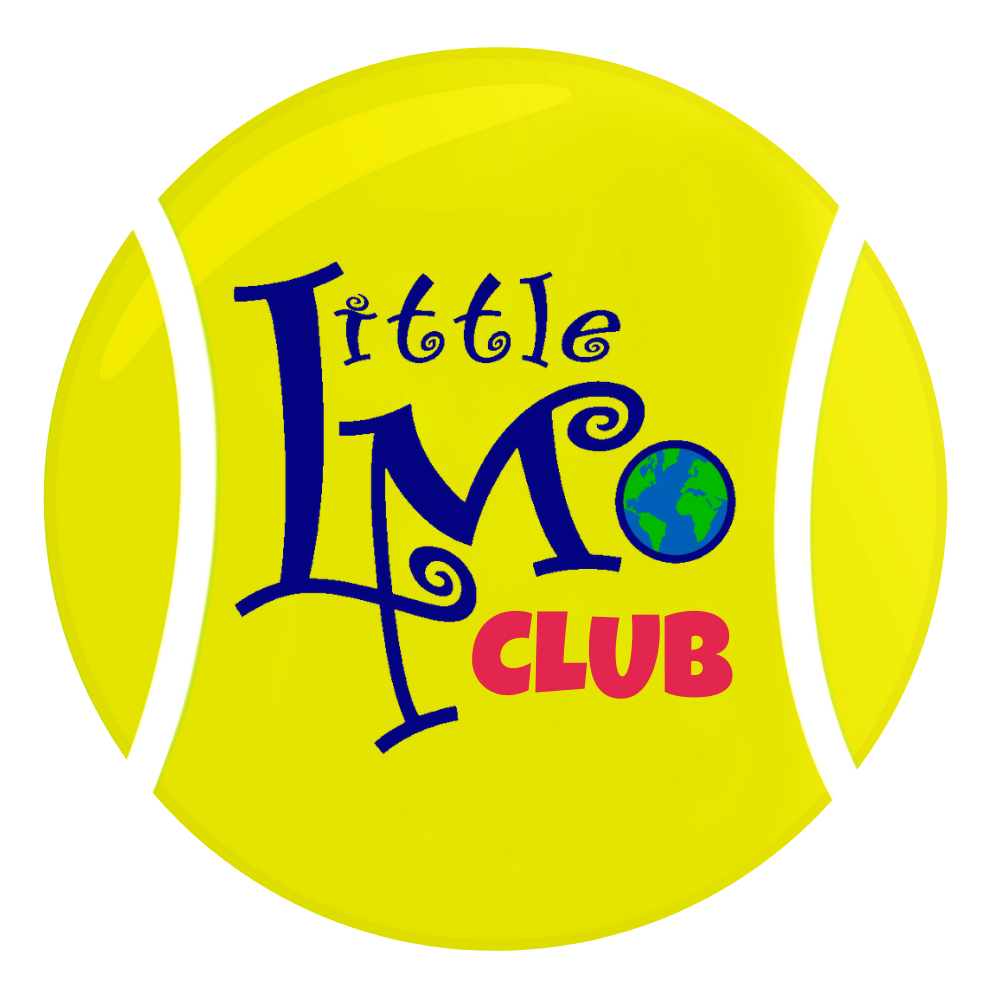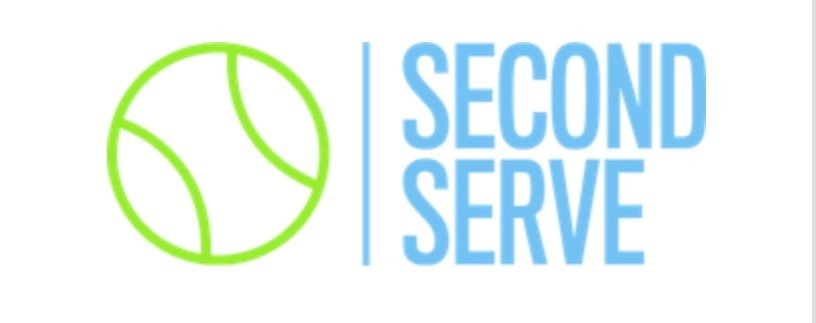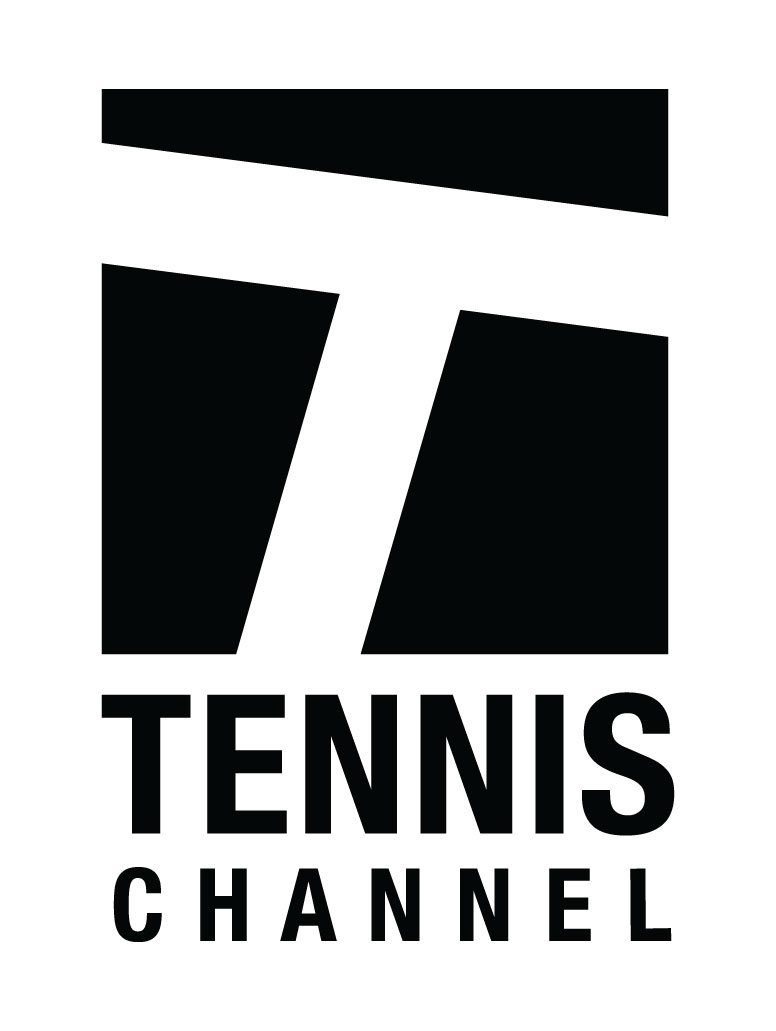State of the Game Part 4: Participation
Up Next
Mirror NeuronsDave Miley, who you heard on our podcast regarding the new ITF Transition Tour (click here), is on a mission to #SaveTennis. This is the third in a series of articles by Dave originally appearing on Elite Tennis that we will be reprinting here with Dave’s permission. He and I would both love to hear your thoughts, so please leave them in the Comment area below. You can find Part 1 here, Part 2 here, and Part 3 here.
7: User Friendly Play and Competition should drive the sport.
I believe that tennis needs to be driven more by the user-friendly play and competition and less by coaching with the needs and lifestyles of the tennis customers being a priority. The competition formats played at the performance level and on the pro tours have remained pretty much unchanged for 40 years and tennis at club level today is usually driven primarily by coaching. There is little organised play and competition on offer for the tennis customer and most is not very user friendly.
When I enter clubs in various parts of the World, I see so much information about coaching but little about organised play and competition. Tennis at the club/micro level should be driven by user friendly and social play and competition. Many new formats and scoring systems exist in the rules of tennis today, but they are not being used enough.
I like to use the word “play” in conjunction with competition because that word “play” is synonymous with fun. Tennis “play” is where you play tennis and keep score but where the result is not recorded. Competition is where the result is recorded. Competition can be intimidating for some people.
Once players have been introduced to tennis, they should be organised into appropriate play. The green ball which is now allowed in the rules of tennis for all levels of play, which looks like a regular yellow ball and is suitable for play on the full court should be used more with adult play at club level. But it is being used very little at the recreational level because its use is not being promoted enough at the global level of the game by the ITF, ATP, WTA and the four grand Slams. There are so many other new formats and scoring that can be used in tennis today at the recreational level. For example, 30-30 tennis is a scoring used where every game starts at 30 all and is suitable for players playing with little time or to facilitate multi match formats mixed with social in a set time period.
The bottom line is that coaching should service the play and competition. It should not drive the sport. Once a lot of people are playing the game on a regular basis, they will of course want coaching so that they can play better. They will also want to buy other things to help them improve.
So, what can be done to improve the play and competitive experience? During my time at the ITF three Play and Stay seminars of 3.5 days duration were organised to highlight the slower balls for kids and this proved very successful at changing coach’s behaviour in teaching kids. In my opinion, the ITF should organise, as soon as possible, a similar 3.5 x days world conference on Play and Competition to showcase different successful initiatives and to raise the importance of this area among the ITF member nations. Convince the federations, clubs and coaches that tennis needs to be driven by user friendly play and competition. Serve, Rally and Score!
8: Introduce Tennis to all starter players in an active and dynamic way using slower balls.
All starter players should be introduced to tennis using the slower Red, Orange and Green balls to ensure that they can play the game (Serve, Rally and Score) as soon as possible. The slower balls are not just for kids.
Because of the rule change, approved by the ITF AGM in 2010, stopping the use of the regular yellow ball for 10 and under tournaments, all kids today are now introduced using the 75%, 50% and 25% slower balls. As a result, coaches worldwide have changed the way they introduce tennis to kids and how they coach the kids between the ages of 5 and 10 years old. The use of the slower balls has also facilitated the use by coaches of an active game-based teaching methodology similar to that used for many years by successful sports like soccer.
However, many adults continue to be introduced to the game using the regular yellow ball in a very static and technical way because so many coaches think these slower balls are just for kids. Not true.
Many adult players after the age of 40 come to try tennis from other active sports and they, naturally, compare tennis to the active sport they are coming from. Tennis needs to compare well if these new players are to be retained. Coaches should use the “Tennis Xpress” programme that was developed at the ITF in 2012, which involves adults being introduced to tennis using the slower Orange and Green balls. Tennis Xpress has been proven to increase retention rates dramatically in nations like Canada that I mentioned earlier. The best part of tennis, and the thing that gets most people hooked (it got me hooked!) is hitting it over, hitting it back and playing the point and that is why “Serve, Rally and Score” was the slogan of the ITF Play and Stay campaign.
The slower balls are suitable for all starter players both in training and in the early stages of play and competition. It is important that coaches are convinced that the use of these balls combined with the methodology outlined in Tennis 10s and Tennis Xpress programmes to introduce kids and adult starter players to tennis is fundamental to the future growth of tennis!
9: Develop a rating system for world tennis.
I have always that believed that a World rating system for tennis could have a positive impact on tennis at all levels, especially at the club/micro level, by making it easier to find players of the same level to play with and by motivating people to play more. That is why, while I was at the ITF, I helped to develop the International Tennis Number (ITN) which was launched in 2003 when Australia became the first nation to adopt it. Unfortunately, at that time before the launch of broadband, the ITN was based on a manual system and whilst it became a global language used by coaches, it did not get global traction at national level as an interactive rating system linked to national competitive play. The ITF never had the resources to invest in the IT systems to support the ITN and it was not used as widely as we had originally hoped but the idea of creating a global rating for tennis is sound.
There are over 200 Member Nations of the ITF but there are less than 20 nations worldwide that have a national rating system.
The obvious is often the greatest secret! An accurate rating system helps people find others of the same level to play with which we know from all the research is one of the limiting factors in getting people to play tennis.
What about ratings at the performance level of competitive tennis? The existing ranking systems at professional, junior, collegiate, and national level are calculated independent of each other. Let’s take an extreme example to illustrate my point. If a highly ranked player received a wild card into a Grand Slam and beat Federer or Serena Williams, their ITF Junior ranking would remain unchanged. There is no link between the ranking systems. A global rating system can change this and this is what UTR is trying to do.
I am excited to be working with Universal Tennis and their UTR 1-16.5 rating system is trying to combine the results from all the existing competition at international and national level to produce a true ranking of performance players. UTR already includes ATP/WTA, Junior ITF, US Collegiate and national results from close to 50 nations including 3 of the Grand Slams. It is a fairer system and I believe that in time it could that could become the entry qualification below 300 ATP/WTA to the ATP Challenger and WTA professional level tours.
However, the biggest impact of UTR can be on recreational tennis. Once nations adopt it at all levels, competitive play at club level can be organised in a more user-friendly way with players playing against players of the same level and players motivated to improve their rating. The results of user friendly play at club level can be inputted into the UTR system with players UTR changing accordingly on a weekly or monthly basis. The health of the game is again affected positively as players will buy coaching and equipment to help them play better and improve their rating. It happens in golf. Why not in tennis.












